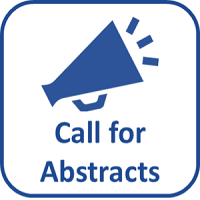
Anna Kapranova
Yaroslavl State Technical University, Russia
Title: On the influence of the degree of opening of the regulator valve separator on the process of formation of cavitation bubbles
Biography
Biography: Anna Kapranova
Abstract
The wide application of valves in large-scale chemical production requires an investigation of the conditions for the effective operation of the regulator. The actual design of new valves for fluid transportation is associated with theoretical studies in the modeling of cavitation bubble formation. The purpose is to investigate the effect of the degree of opening of the valve separator on the evolution of hydrodynamic cavitation. There are various constructive ways to combat the phenomenon of cavitation in regulating devices. Special devices, for example, movable or fixed separators, are installed to reduce the undesirable effects of cavitation in valve designs of the axial type. The stochastic model of bubble formation proposed by the authors earlier in the framework of the Ornstein-Uhlenbeck process allows us to take into account the change in the coefficient of hydraulic
resistance in the flow of liquid in the flowing part of the axial valve, depending on the design parameters of the separator and the regulating parameters of the device. The results of the simulation allow us to trace the dependence of the growth of cavitation bubbles being designed from the complex constructive-regime characteristic of the regulating organ (the ratio of the conditional area of the valve cross-section to the area of the cross-section of the separator). The practical application of the proposed method of accounting for the degree of opening of the separator in the framework of modeling the stationary and homogeneous Markov process is to develop a methodology for calculating the elements of the regulatory body.

